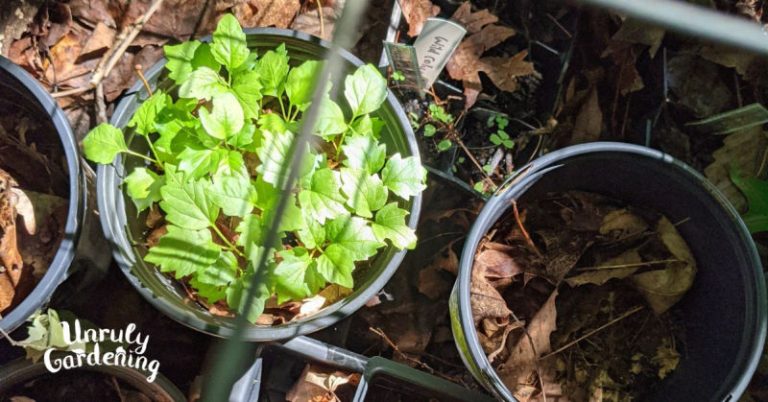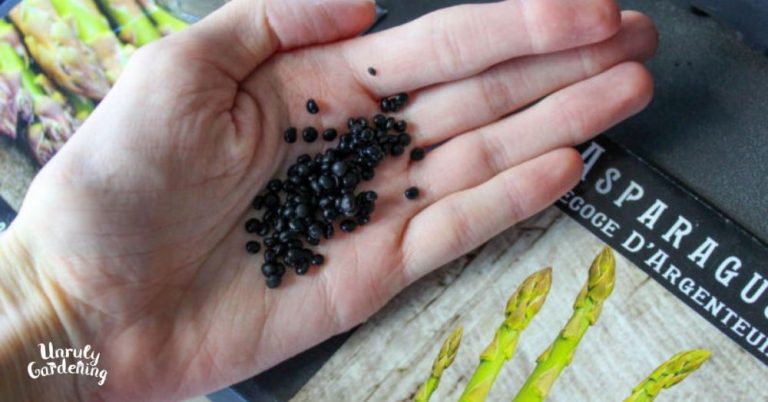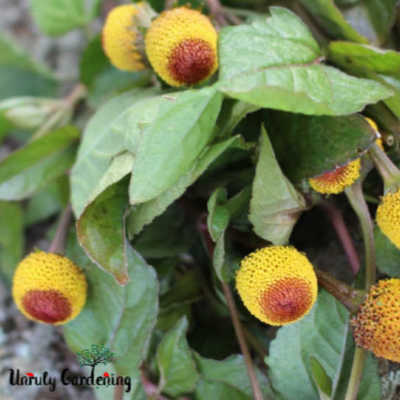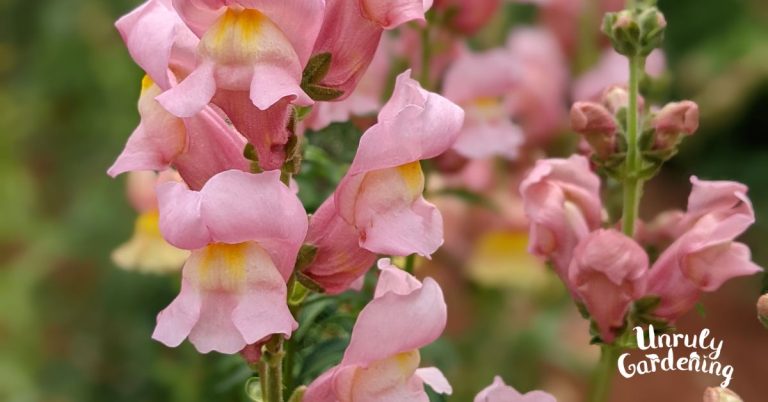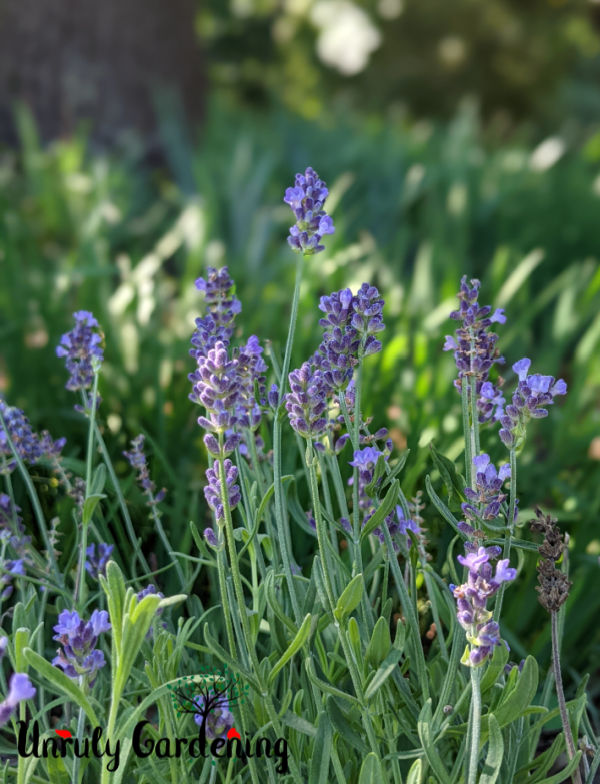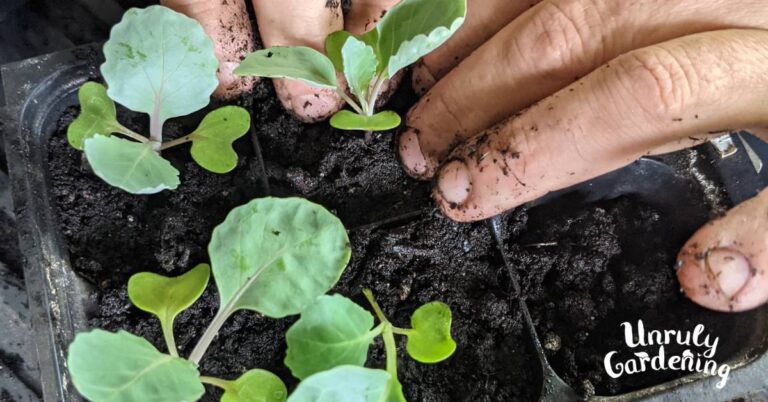How to Save Calendula Seeds
It’s easy to save seeds from calendula flowers. Find out how to know when they’re ready & the best way to store your homegrown calendula seeds!

Calendula is a wonderfully easy flower to save seeds from. If you’ve ever saved marigold seeds, it’s not any more difficult than that!
However, note that calendula (Calendula officinalis) is not the same plant as common garden marigolds (Tagetes spp). Check out our article: Calendula vs Marigolds – the Differences, to make sure you don’t mix the two of them up!
In this article, we’ll tell you how to know when your calendula seed heads are ready to harvest, how to collect the seeds, how to make sure they’re dry enough to store, plus how to safely store them for next year’s planting.
Related Article: How to Grow, Harvest & Use Calendula

Cross-pollination & Isolation
Calendula crosses with other varieties of calendula very easily. Because they’re cross-pollinated, it can sometimes make producing true-to-type seed a little tricky.
What this means is if, for example, you’re growing Pink Surprise calendula and Orange King calendula at the same time in close enough quarters, then the seeds you harvest from those plants won’t be either variety.

What you will get instead will be a cross, also known as a hybrid. The offspring off these plants may have traits from either parent plant, depending on what got passed on to the seed.
Understandably, this is not desirable if you really, really want to keep the seeds of Pink Surprise calendula flowers, but don’t really care for Orange King.
However, if you only have Pink Surprise in your garden, and the flowers never encounter the pollen of another variety of calendula, but only pollen from other Pink Surprise flowers, they will create seeds that produce more Pink Surprise calendula plants.
There’s a lot more to seed saving and genetics and how different varieties are made, but that’s a lot to get into in one post. We’re trying to keep this tutorial simple!
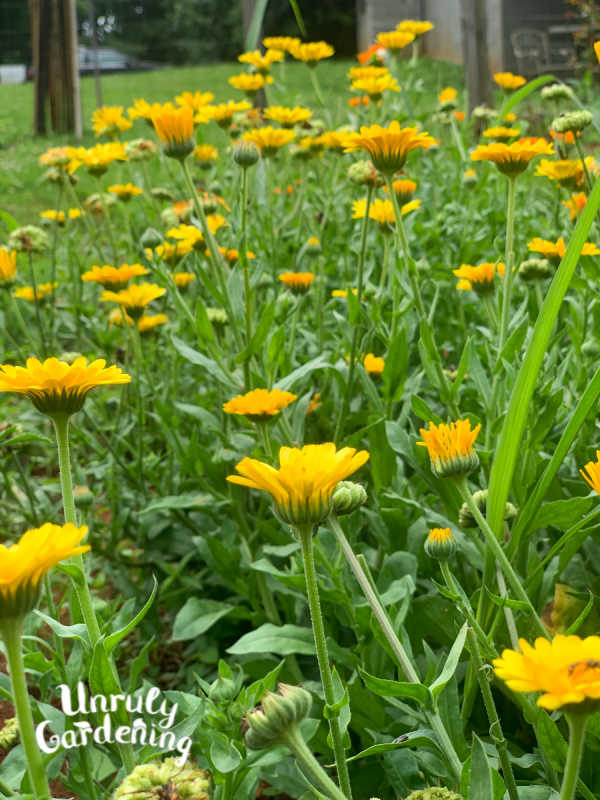
Isolating Calendula Plants (Optional)
Isolating cross-pollinating plants, or growing them far away enough that there’s a low chance their pollen will encounter one another, is the usual method for growing more than one variety at a time and still gathering
If you want to save the seeds of only one type of calendula, it’s probably best to only grow that variety in question, at least on a home gardener’s scale. The recommended isolation distance is 1/8th of a mile to get pure seed- that’s 660 feet!
Of course, if you don’t care about a little crossing- or even find it interesting- then feel free to grow as many varieties within range of each other as you like!

Video: Saving Calendula Seeds Slideshow
Here’s a slideshow summarizing this article. (Sometimes an ad plays first, but the video will start right after! The video player won’t show up if you have an adblocker.)
How to Tell When to Harvest Calendula Seeds
Let the flower fully go through its entire blooming cycle. It will go from a bud and open into a flower head. That flower, at some point in the cycle, will be visited by insects, which will pollinate it. Eventually, the flower will fade.
After the flower drops its petals, you will notice there will be a green, roundish ‘knob’ left behind on the stalk. You might even recognize some shapes from your calendula seed packet on it. But they’re not ready to harvest like this, not just yet.

These are the seed heads, but they’re not mature yet. They need more time! Leave them on the plant as long as they’re still green and moist.
The seed heads need to turn brown or tan in color. They will also become dry and dead-looking in appearance. This is what we want!
Once the seedheads are dry and brown, you should be able to remove them easily from the plant. You may notice some seeds already falling off the plant to land on the ground- that’s a sure sign they’re ready to gather!

Collecting the Seeds
Collect the seeds on a dry day or afternoon, after the morning dew has burned off. Bring a paper bag or a bowl out with you to hold your collection.
Most gardeners like to deadhead spent blooms during the summer, as soon as the petals have wilted, then towards the end of the season, start letting seed heads form. This way, you get the maximum number of calendula flowers!
Use a pair of sharp pruning shears or scissors to snip the seed heads off the plant entirely. Alternatively, use your fingers to rub the seeds off of the seed heads directly into your collection container. Work through all your desired seed heads, until you’ve collected all you want. Bring them inside.
Spread the seeds out indoors in a single layer on a drying surface for a few days. The surface can be a fine-mesh seed saving screen, a paper towel, a light cloth, or even just a sheet of paper. If you brought in your seeds in the form of seed heads, harvest off the seeds from them to spread out, rather than placing the whole seed head out to dry.
Your drying location should be out of direct sunlight and dry. Choose a room with the least humidity possible. Let the seeds dry for 3-7 days.

Storing Calendula Seeds
You can test if your seeds are ready to be stored by trying to break one in half. If it’s dried enough, it will snap. If you feel any moisture, if the seed bends, or crumples, or releases any kind of liquid, it is not dry enough yet and needs a few more days to sit.
Seeds can be simply stored in paper envelopes, glass jars, or paper bags. Seeds saved by home gardeners in these ways are best used within 1-2 years. They may, however, last longer.
Keep seeds in a cool, dark, dry location. Direct sunlight, moisture, and heat will all shorten the viable lifespan of your seeds.

A closet or your basement can be two good potential storage locations. Some people keep their seeds in the refrigerator. Others store their seeds with little silica gel packets to absorb moisture.
No matter how you decide to store your seeds, remember to label them clearly. Listing what they are, the variety (if applicable), and the date you harvested them on helps prevent confusion later.
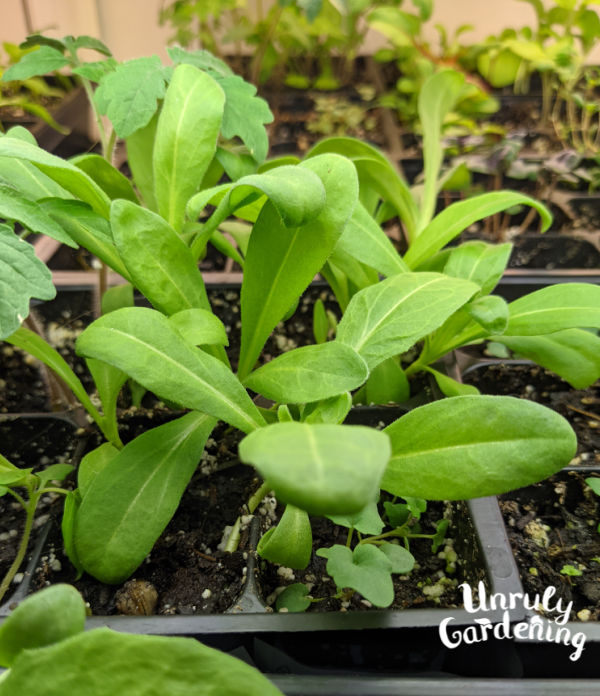
Growing Calendula from Seed
Now, when seed-starting season rolls around next, you can reach for your very own calendula seed packets – home-grown, home-saved, and all yours, ready to sow!
We have an entire article all about growing your own calendula from seed, plus ways to collect, store, and use those beautiful flowers:

